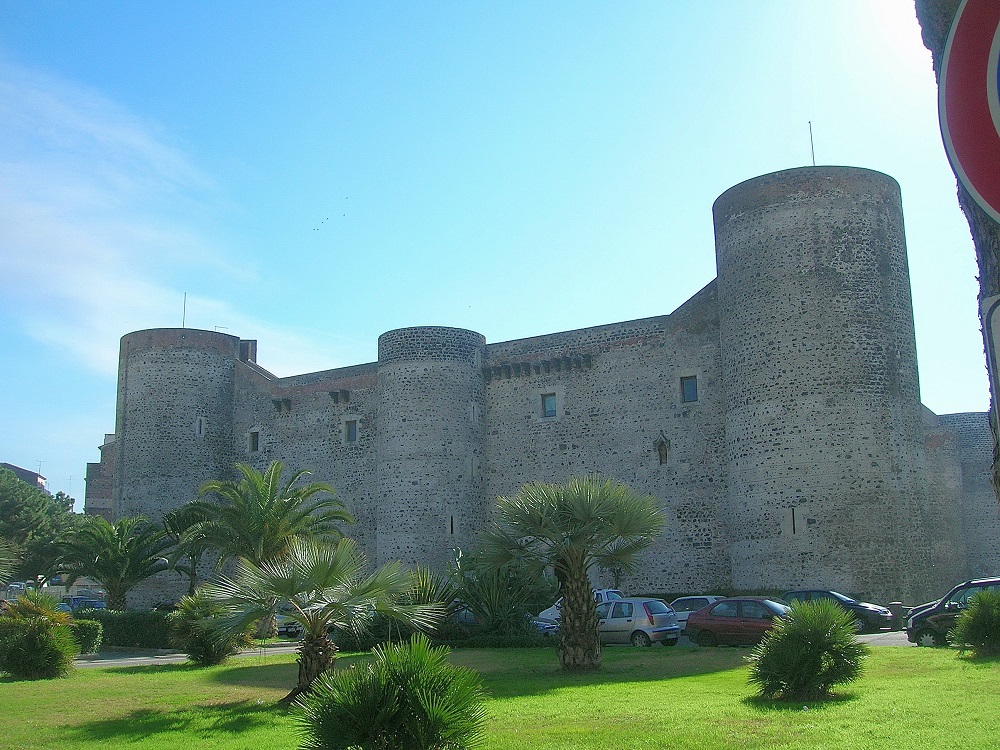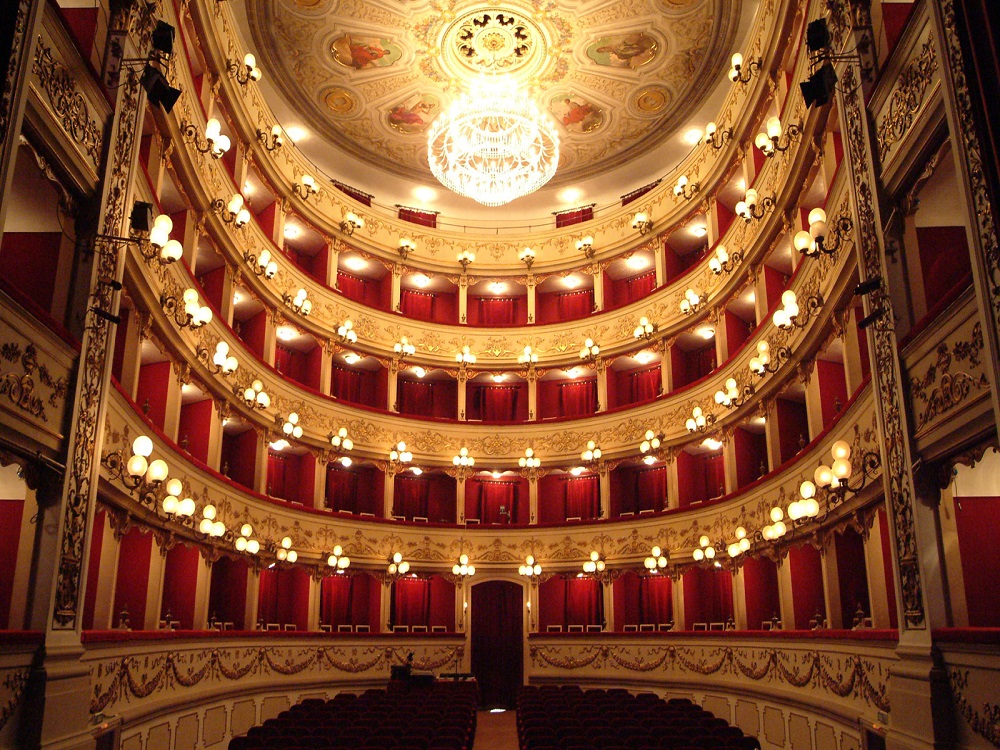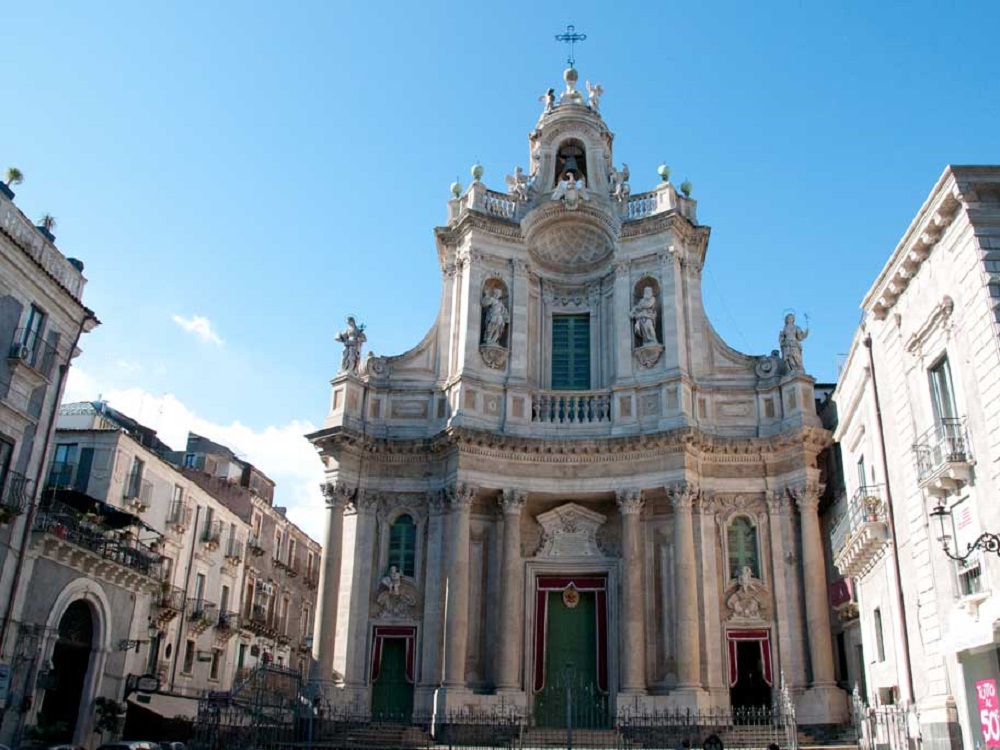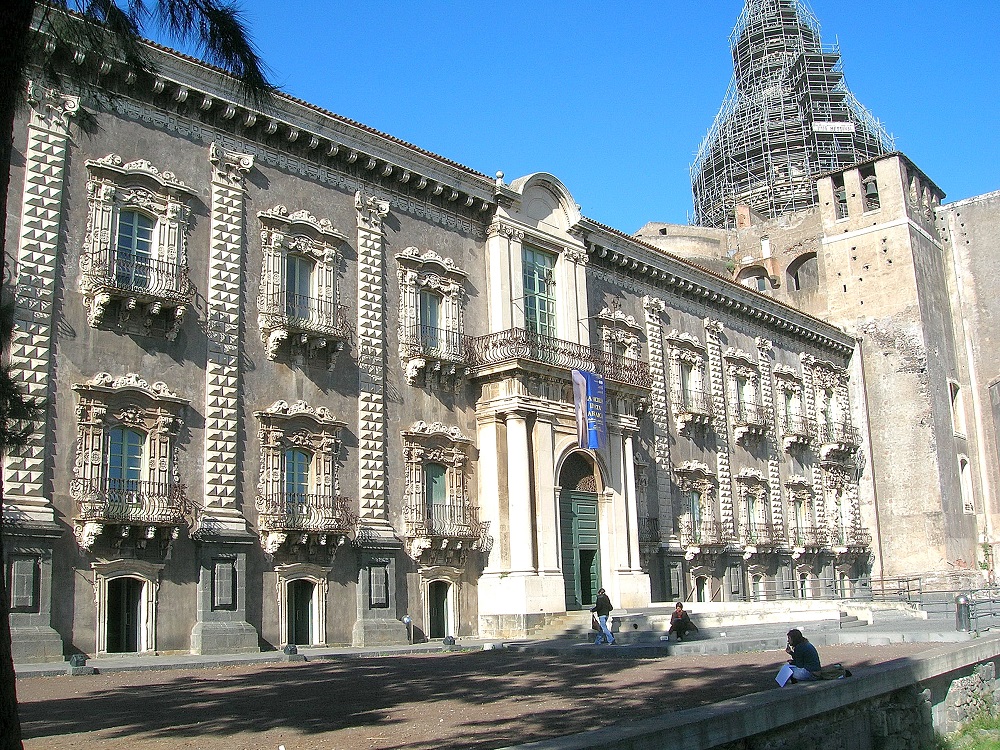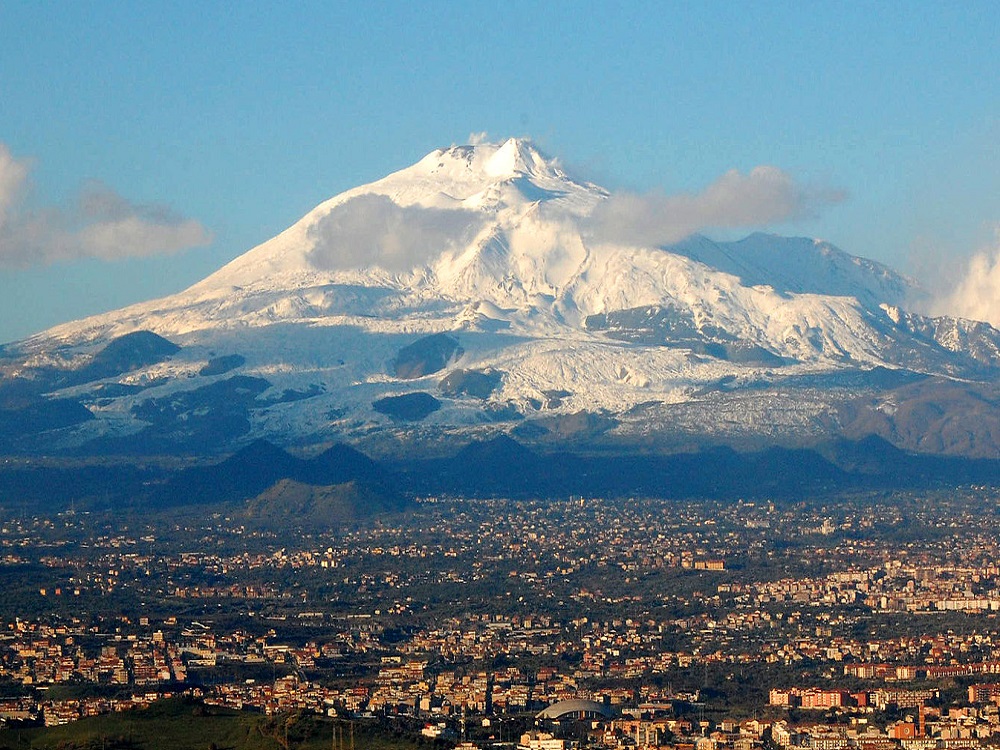About Catania
Catania is the second largest city in Sicily. It is located on the eastern coast of Sicily at the foot of Mount Etna, the biggest volcano in Europe.
It's metropolitan area reaches one million inhabitants, being the major transport hub and economic centre in Sicily. It is also an university city where you will enjoy a busy downtown and an active nightlife.
The history of Catania is dating back 2700 years. The city has been dominated by several different cultures, among wich Greeks, Romans, Arabs, Normans and Spanish.
Due to its port the city has been always a rich commercial centre.
Since Catania is situated under the biggest active volcano in Europe, it has been destroyed many times in the past.
Moreover, like most of eastern Sicily, after the great earthquake of 1693 Catania has been rebuilt.
As a consequence Catania is a city where you can find a great variety of landscape and architecture. In particular it is well known for its particular baroque architecture and urban design.
The downtown area is a World Heritage Site.
Some of the best feature of Catania's area are the city centre, rich of Baroque architecture, where you can see beautiful palaces, churches and fountain.
The Elephant Statue of the 17th century, in Piazza Duomo, is the symbol of the city.
Every morning, except Sundays, you can walk across two of the most fascinating markets of the city, a large fish market in a beautiful setting off Piazza del Duomo and a bustling food and clothes market off Via Etnea.
During the visit you can make a stop at "the kiosks", which act as social area for the locals by selling refreshments, such as coffee, Lemoncello or popular unique drinks such as "seltz al limone" or "mandarino al limone".
Don't miss to ascend Mount Etna or to relax on the sandy beaches of "La Plaja".
You can also visit the "Riviera dei Ciclopi", a rocky volcano coast in the north of the city.
Important Dates
Abstract submission: May 20, 2016
Paper submission: May 27, 2016
Abstract & Paper submission: June 6, 2016
Notification: July 8, 2016
Camera-ready: August 5, 2016
Early registration: August 21, 2016
Late registration: September 4, 2016

